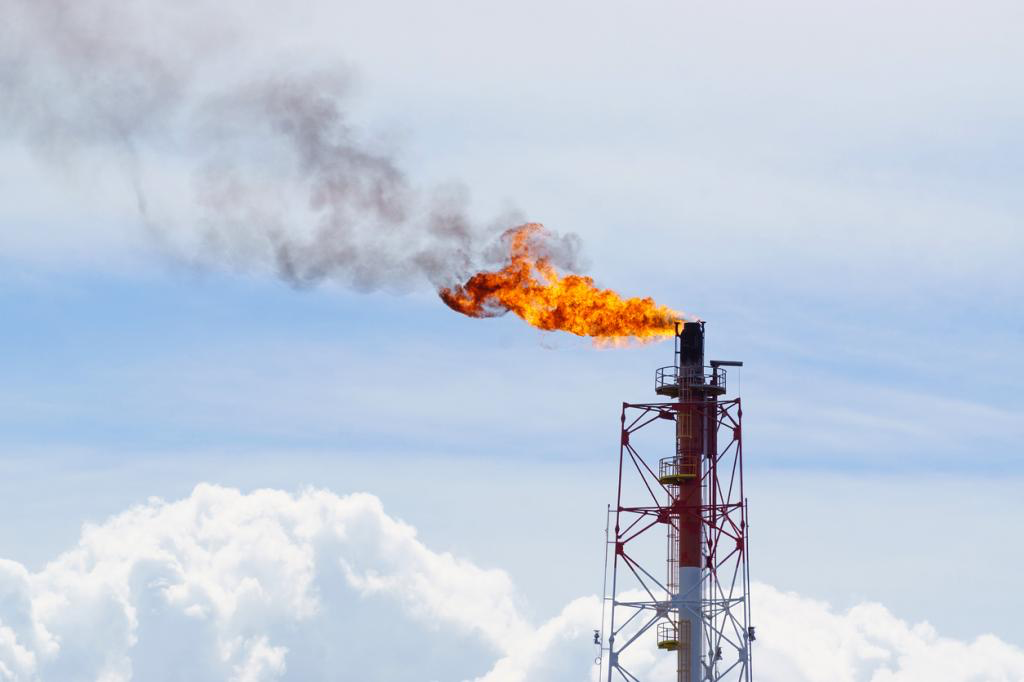Description

Disclaimer: Copyright infringement not intended.
Context
A significant scientific discovery related to addressing methane emissions, a potent greenhouse gas contributing to global warming.
Details
- A strain of bacteria holds the potential to remove methane from major emission sources, reducing its impact on global warming.
Bacterial Methane Consumption
- The bacterial strain Methylotuvimicrobium buryatense 5GB1C consumes methane, a potent greenhouse gas.
- Methane is over 85 times more potent than carbon dioxide (CO2) in terms of its global warming potential on a 20-year timescale.
- It is responsible for nearly 30% of total global warming.
Reduction of Atmospheric Methane
- Large-scale harnessing of this bacteria can prevent 240 million tonnes of methane from reaching the atmosphere by 2050.
- The study suggests that the global average temperature rise can be reduced by 0.21-0.22 degrees Celsius through methane removal.
Methanotroph Selection
- Methane-eating bacteria (methanotrophs) are effective, but they grow optimally at methane concentrations around 5,000-10,000 ppm.
- Researchers screened methanotrophs to find strains that effectively consume low methane levels, around 500 ppm.
- Methylotuvimicrobium buryatense 5GB1C demonstrated the best performance at 500 ppm and even grew well at 200 ppm.
Biomass Production and Utilization
- The bacteria produce biomass after consuming methane, which can be used as feed in aquaculture.
- For every tonne of methane consumed, the bacteria can generate 0.78 tonne biomass dry-weight methane, valued at $1,600 per tonne.
Implementation Strategies
- Proposed strategies include designing biofilters containing nutrients for microorganism growth.
- Genetic modifications can induce desired characteristics in the bacterial strain.
Impact and Feasibility
- Preventing 240 million tonnes of methane emissions could significantly impact global warming.
- Challenges include controlling temperature, as bacterial growth requires specific temperature ranges.
- Economic feasibility and energy balance are crucial considerations when scaling the technology.
Future Directions
- Field studies are needed to test the technology's feasibility.
- Analyzing the environmental life cycle and techno-economics is necessary to ensure economic viability and environmental benefits.
|
PRACTICE QUESTION
Q) Discuss the significance of Methylotuvimicrobium buryatense 5GB1C in addressing methane emissions and its potential impact on mitigating global warming. (150 words)
|

https://www.downtoearth.org.in/news/climate-change/now-a-bacteria-that-can-eat-methane-can-it-reduce-global-warming-researchers-say-it-s-possible-91289











